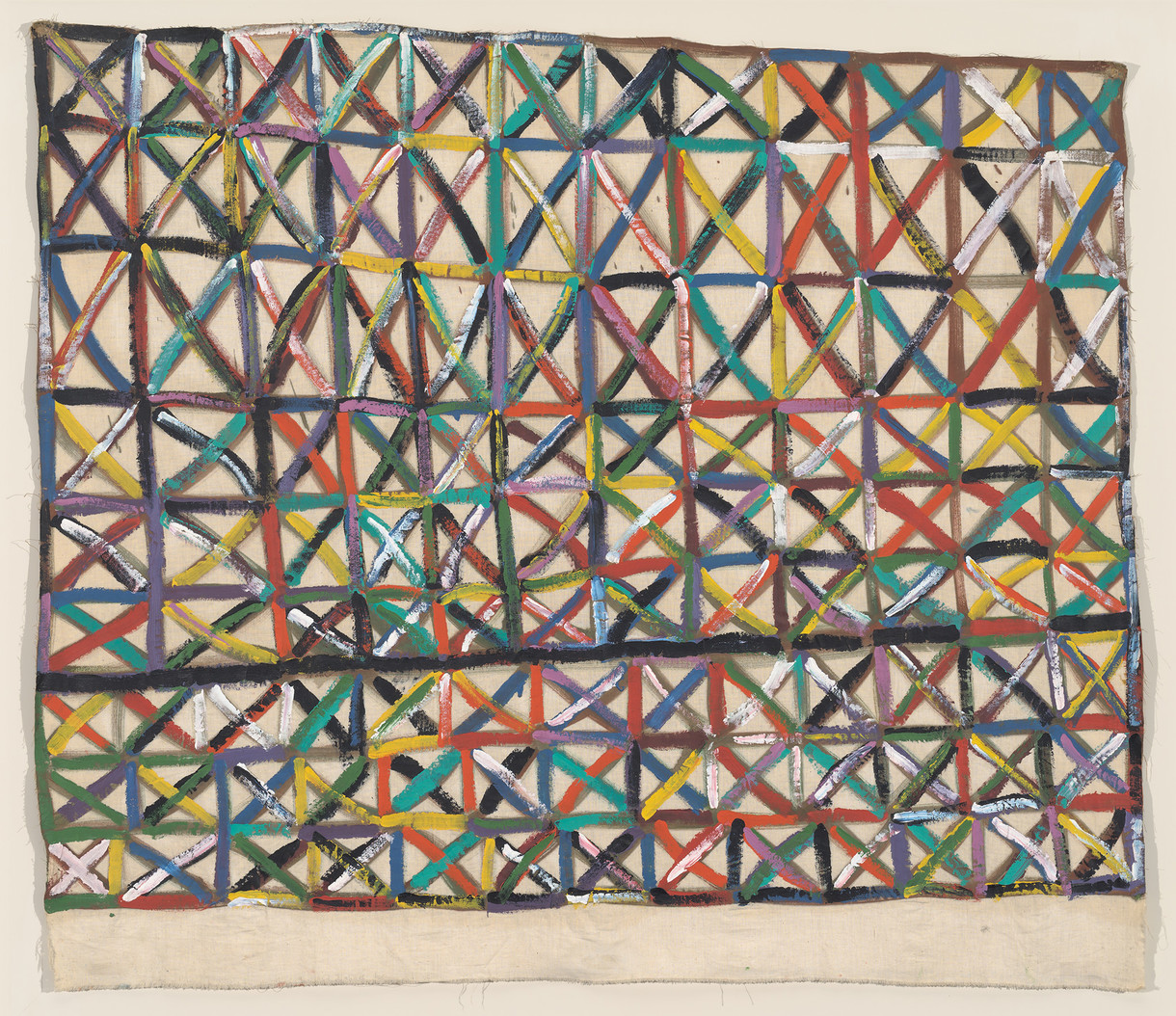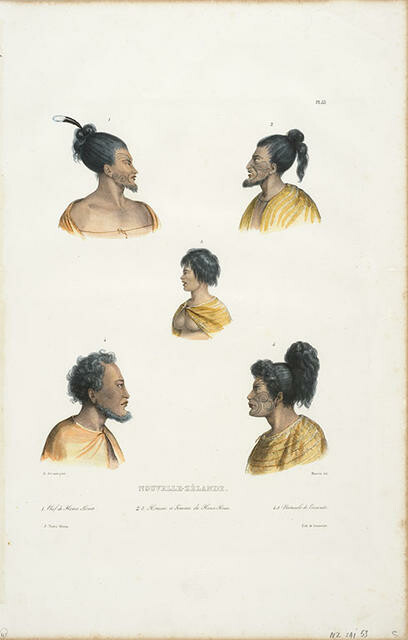Martin Rumsby interviews Tony Fomison
Martin Rumsby interviews Tony Fomison
Tony Fomison comments on his approach to his work in an interview with Martin Rumsby recorded in 1980. The recording was kindly supplied by the Alexander Tunrbull Library and is reproduced here with the generous permission of Martin Rumsby.
Source: Alexander Turnbull Library OHInt-0813-08
Related reading: Ka Honoka, exhibition-1012
Exhibition
No! That's wrong XXXXXX
25 June 2016 – 30 April 2017
Three paintings by Tony Fomison, Philip Clairmont and Allen Maddox.
My Favourite
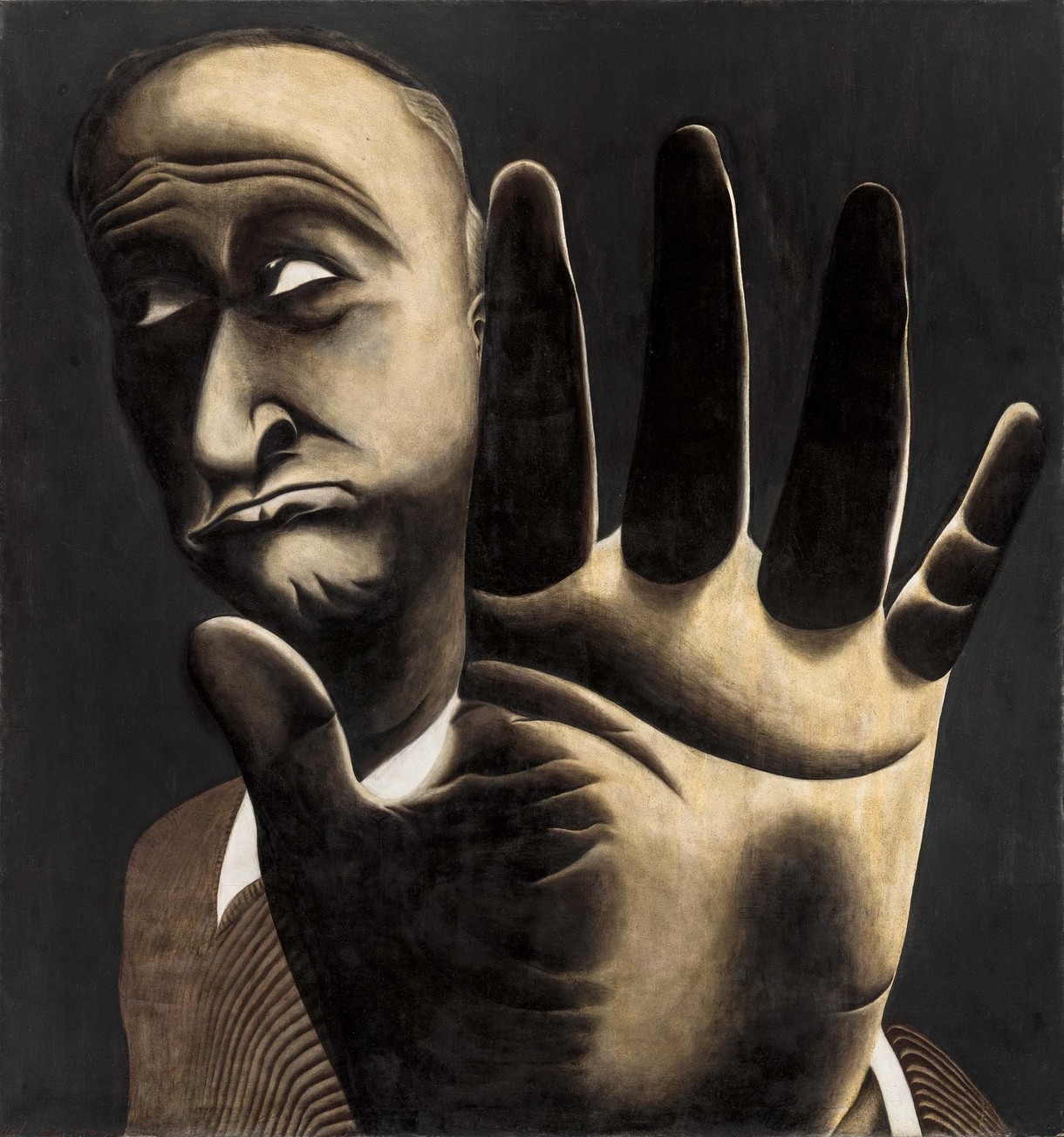
Tony Fomison's No!
I’ve chosen this because it’s probably Tony’s best-known painting (it’s the one that the Gallery chose to upsize onto an inner-city wall) and because it’s emblematic of his art, which was confrontational and definitely not user-friendly. In a long profile I wrote of him in the 1970s he said of his middle-class patrons: ‘I’ve got a bee in my bonnet about them. They’re the swine I rely on to buy my paintings. I hope these paintings fester on their walls and they have to take them down and put them behind the piano. I hope the paintings get up and chase them round the house.’
Notes
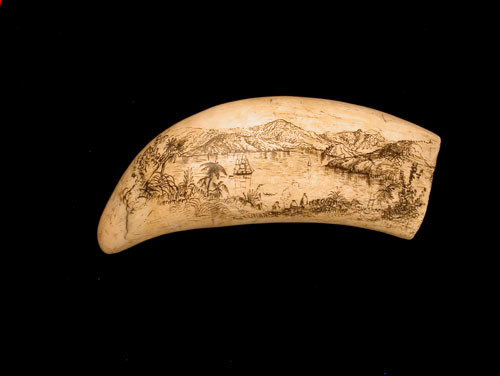
Happy Birthday Akaroa Museum
Big Congratulations to Akaroa Museum on their 50th anniversary which they are celebrating this weekend.
Article
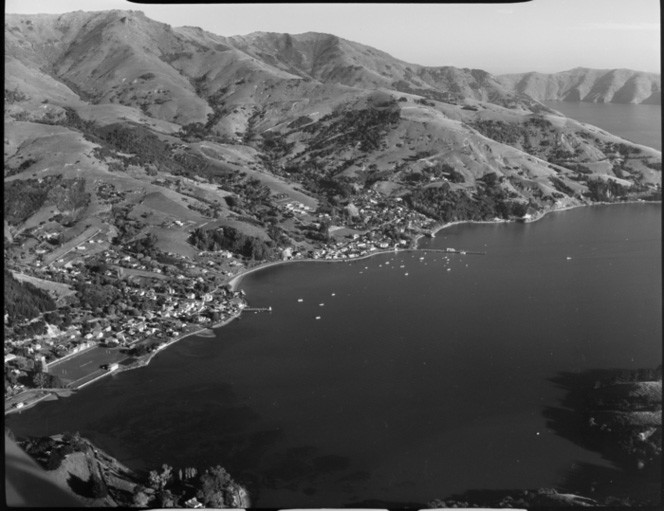
A Tale of Two Chiefs
If you have recently visited He Taonga Rangatira: Noble Treasures at the Gallery you will have been struck by Fiona Pardington's two large photographic portraits of lifelike busts of Ngāi tahu tipuna (ancestors).
Collection

Allen Maddox No Mail Today
Allen Maddox began producing his well-known ‘X’ paintings around 1975 when, in a moment of despondency, he angrily defaced a painting he was working on with an X. The motif stuck, and he began repeating his 'crosses in boxes' over and over on his canvases. There is a compulsiveness in Maddox’s ‘X’ paintings; at once ordered yet disordered, they demonstrate a combination of gestural boldness and neurotic energy. Maddox commented in 1977 that he ‘would like to be able to visually reproduce the little electric thought patterns that go on in your head when one is paranoiac… How I thrill to a composition resolved by “painterly” means. Splashes, strokes, aesthetic errors.’
(No! That’s wrong XXXXXX, 25 June 2016 – 30 April 2017)
Collection
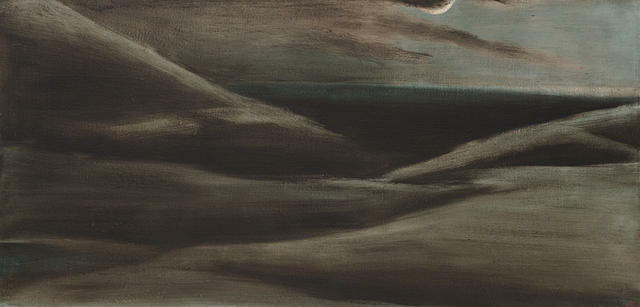
Tony Fomison Night time, Amuri Bluff
“I came from the South Island, and the South Island I must mention! Yes your mountains still pile up in my thoughts! Your shorelines still run round the edges of the same. Big canoe of Maui, my little paddle will always be at your side.” —Tony Fomison, 1979 Te Waipounamu South Island always loomed large in Tony Fomison’s psyche, even after he made the shift north to Tāmaki Makaurau Auckland from his hometown of Ōtautahi Christchurch in 1973. Drawn from memory and past experiences, the Waitaha Canterbury landscape continued as the subject of many of his paintings, including ‘Night Time, Amuri Bluff’. Fomison had developed a strong sense of the history of the land through his work as an assistant archaeologist for Canterbury Museum, where he researched early Māori settlements and whaling stations near Kaikōura and Horomaka Banks Peninsula – including the Māori settlement site Haumuri, also known as Amuri Bluff, on the Kaikōura coastline.
(He Kapuka Oneone – A Handful of Soil, 2025)
Collection
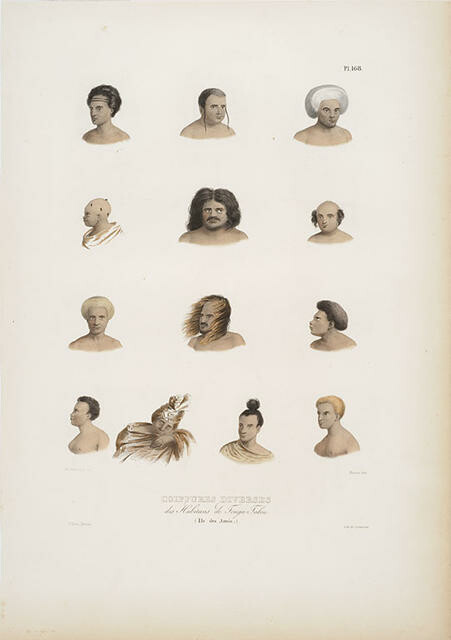
Louis Auguste de Sainson Coiffures diverses des habitans de Tonga Tabou, lle des Amis
Louis Auguste de Sainson was the official artist aboard Captain Dumont d’Urville’s Astrolabe. He spent three months in New Zealand in 1827 on a maritime mapping survey between Tasman Bay and the Bay of Islands, followed by a month in Tonga. A substantial publication on d’Urville’s 1826–29 voyages through Asia and the Pacific was published in Paris in 1833, profusely illustrated by lithographic prints after de Sainson’s drawings.
D’Urville and his crew had close contact with people they met, including the Totaranui chief Tehinui (or Tehi-Noui) and his travelling companion Kokiore (or Koki-Hore) depicted in print 2, who were sketched by de Sainson after coming aboard at Palliser Bay (near present-day Wellington). Tehinui and Kokiore at first both intended to reach Europe, but instead disembarked at Tolaga Bay, later finding their own way home. In summarising his portrait sketching process, de Sainson later recalled: “What I was doing caused a lot of laughter; every minute they tried to escape me.” (Kā Honoka, 18 December 2015 – 28 August 2016)
Collection
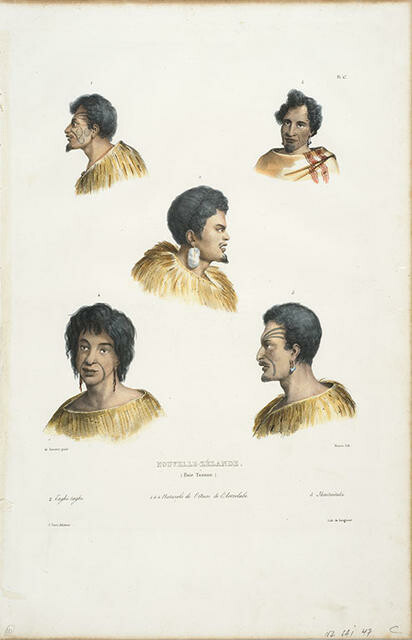
Louis Auguste de Sainson Nouvelle-Zélande
Louis Auguste de Sainson was the official artist aboard Captain Dumont d’Urville’s Astrolabe. He spent three months in New Zealand in 1827 on a maritime mapping survey between Tasman Bay and the Bay of Islands, followed by a month in Tonga. A substantial publication on d’Urville’s 1826–29 voyages through Asia and the Pacific was published in Paris in 1833, profusely illustrated by lithographic prints after de Sainson’s drawings.
D’Urville and his crew had close contact with people they met, including the Totaranui chief Tehinui (or Tehi-Noui) and his travelling companion Kokiore (or Koki-Hore) depicted in print 2, who were sketched by de Sainson after coming aboard at Palliser Bay (near present-day Wellington). Tehinui and Kokiore at first both intended to reach Europe, but instead disembarked at Tolaga Bay, later finding their own way home. In summarising his portrait sketching process, de Sainson later recalled: “What I was doing caused a lot of laughter; every minute they tried to escape me.” (Kā Honoka, 18 December 2015 – 28 August 2016)
Collection
![Nouvelle-Zélande - coffre en bois sculpté [Plate 59]](/media/cache/d2/0d/d20d3e71824f4f302a9ddce9f4f594ca.jpg)
Louis Auguste de Sainson Nouvelle-Zélande - coffre en bois sculpté [Plate 59]
Louis Auguste de Sainson was the official artist aboard Captain Dumont d’Urville’s Astrolabe. He spent three months in New Zealand in 1827 on a maritime mapping survey between Tasman Bay and the Bay of Islands, followed by a month in Tonga. A substantial publication on d’Urville’s 1826–29 voyages through Asia and the Pacific was published in Paris in 1833, profusely illustrated by lithographic prints after de Sainson’s drawings.
D’Urville and his crew had close contact with people they met, including the Totaranui chief Tehinui (or Tehi-Noui) and his travelling companion Kokiore (or Koki-Hore) depicted in print 2, who were sketched by de Sainson after coming aboard at Palliser Bay (near present-day Wellington). Tehinui and Kokiore at first both intended to reach Europe, but instead disembarked at Tolaga Bay, later finding their own way home. In summarising his portrait sketching process, de Sainson later recalled: “What I was doing caused a lot of laughter; every minute they tried to escape me.” (Kā Honoka, 18 December 2015 – 28 August 2016)
Collection
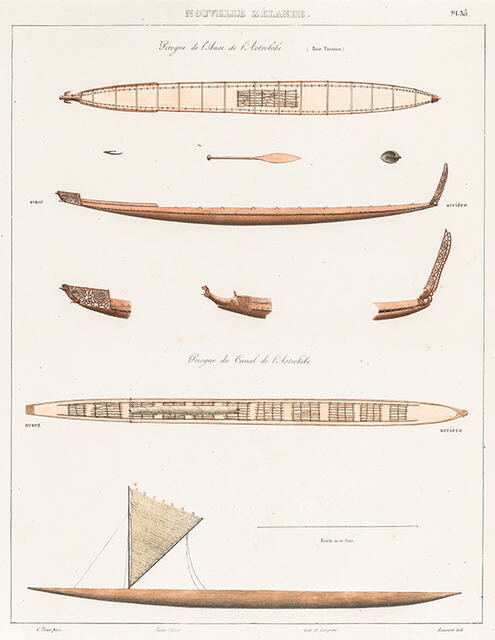
François-Edmond Pâris, Pierre Langlumé, Jean-Antoine Laurent, Joseph Tastu Nouvelle Zélande. Pirogue de L'Anse de l'Astrolabe. (Baie Tasman.), Pirogue du Canal de l'Astrolabe. Pl. 35
Aged just twenty when he joined Dumont d’Urville’s 1826–29 Pacific survey, François-Edmond Pâris created a comprehensive visual record of ships and boats encountered. In 1827 he recorded vessels he saw at Ūawa Tolaga Bay and Paepae-o-Tū Bream Bay, and Te Tai-o-Aorere Tasman Bay and Tāmaki Strait, Auckland.
(Out of Time, 23 September 2023 – 28 April 2024)
